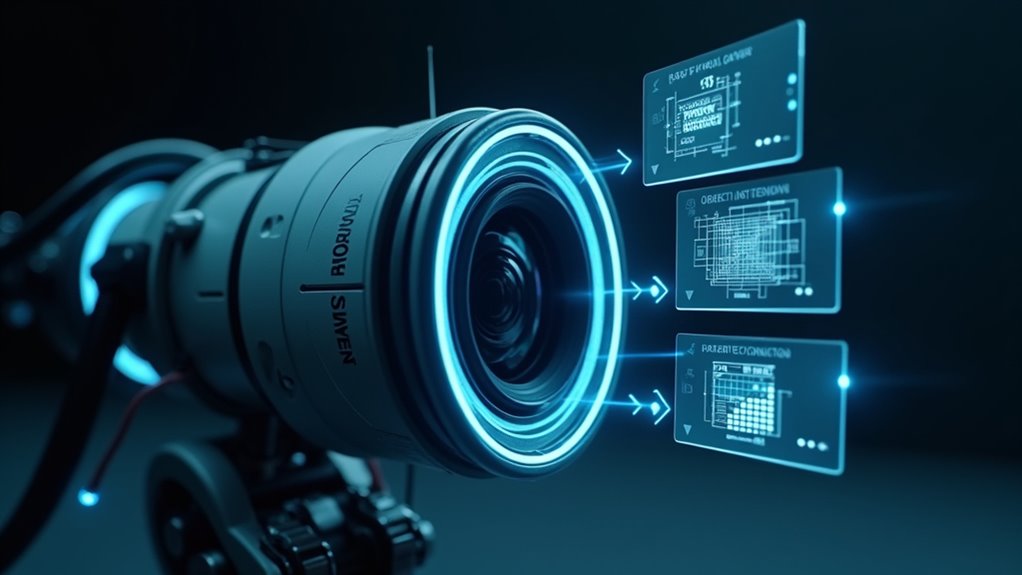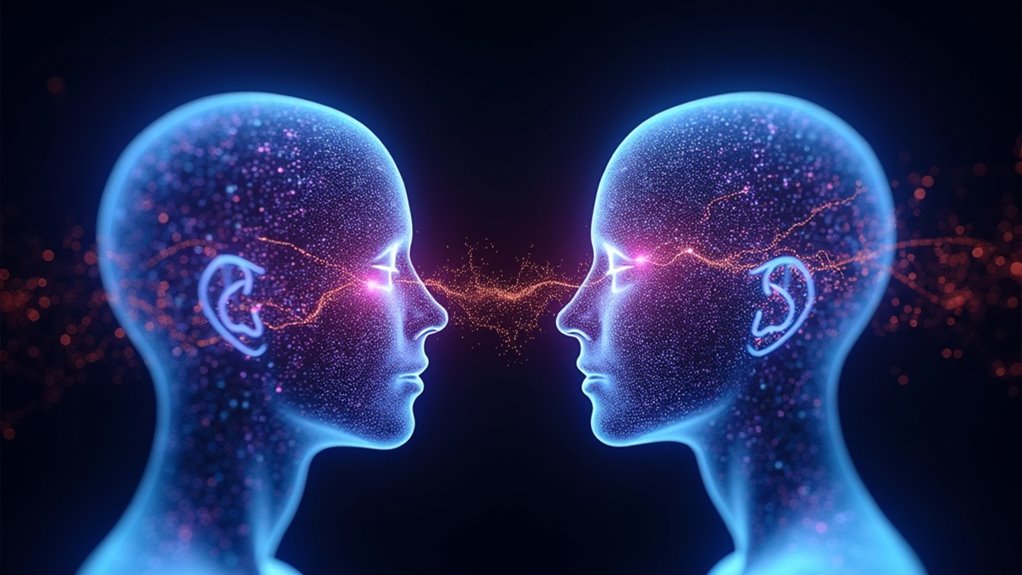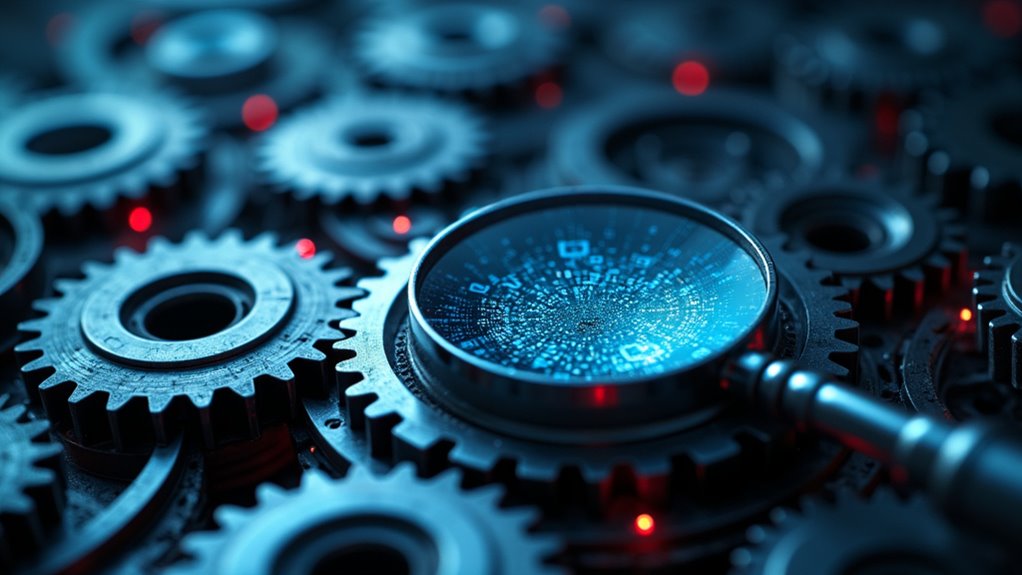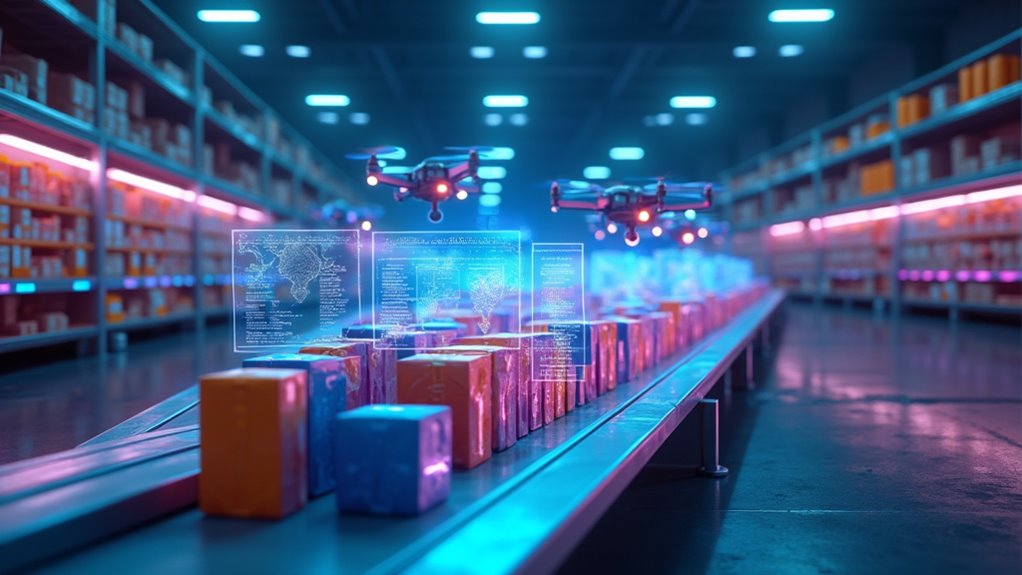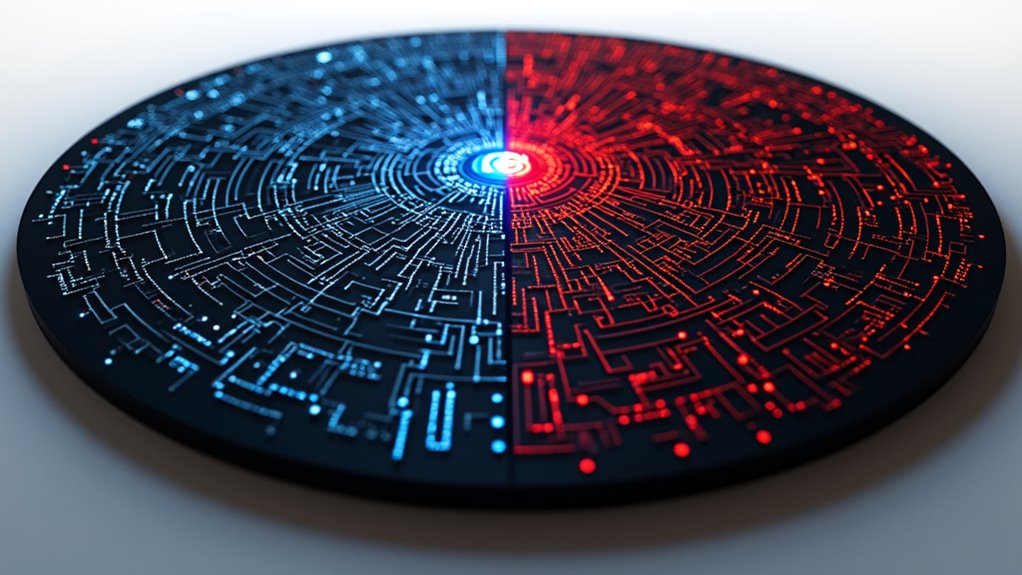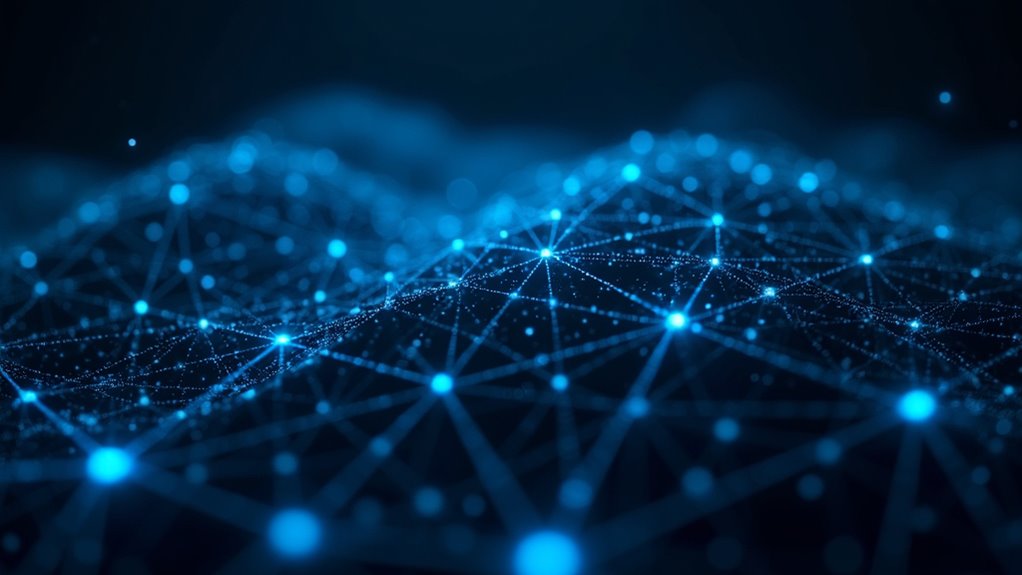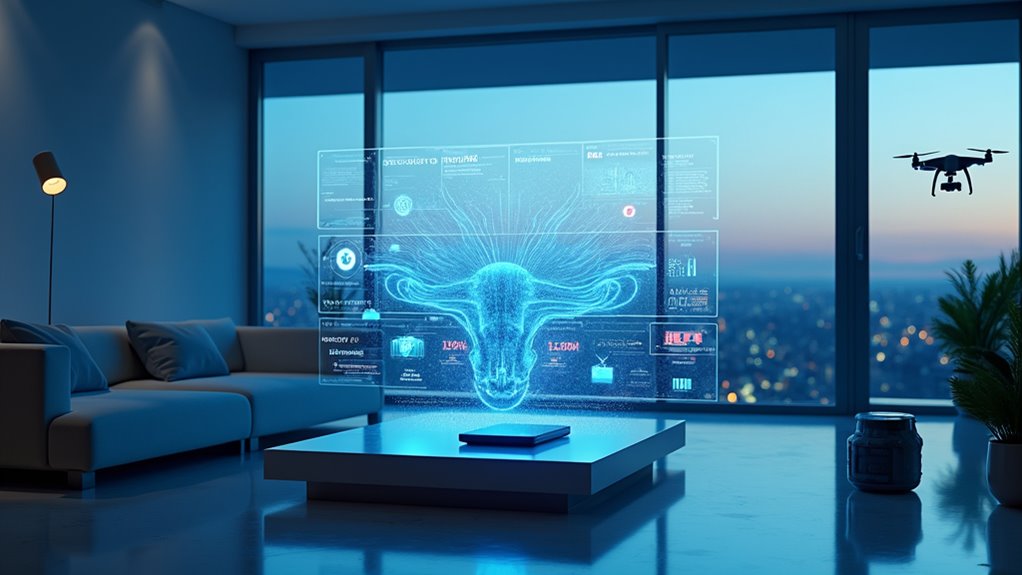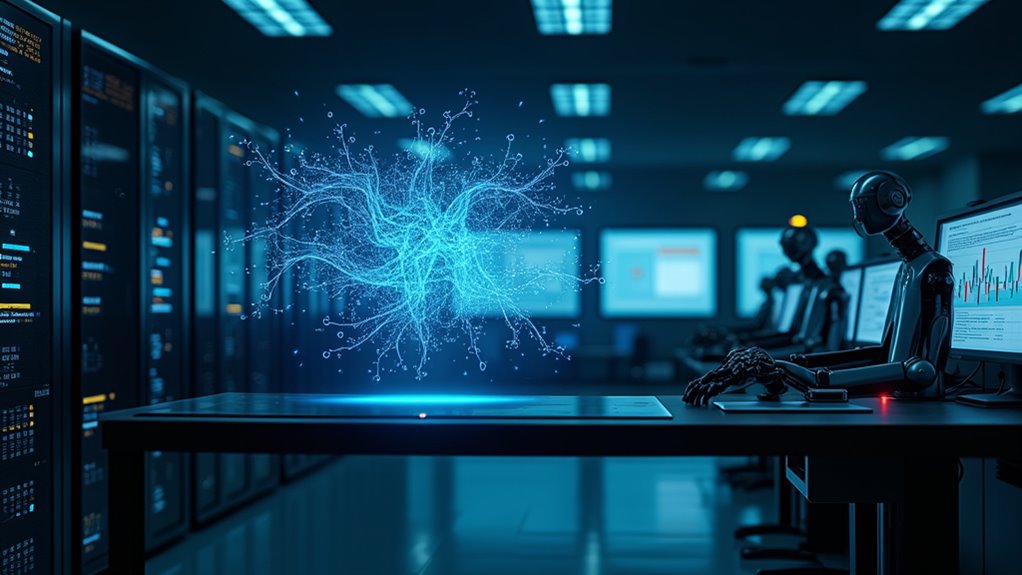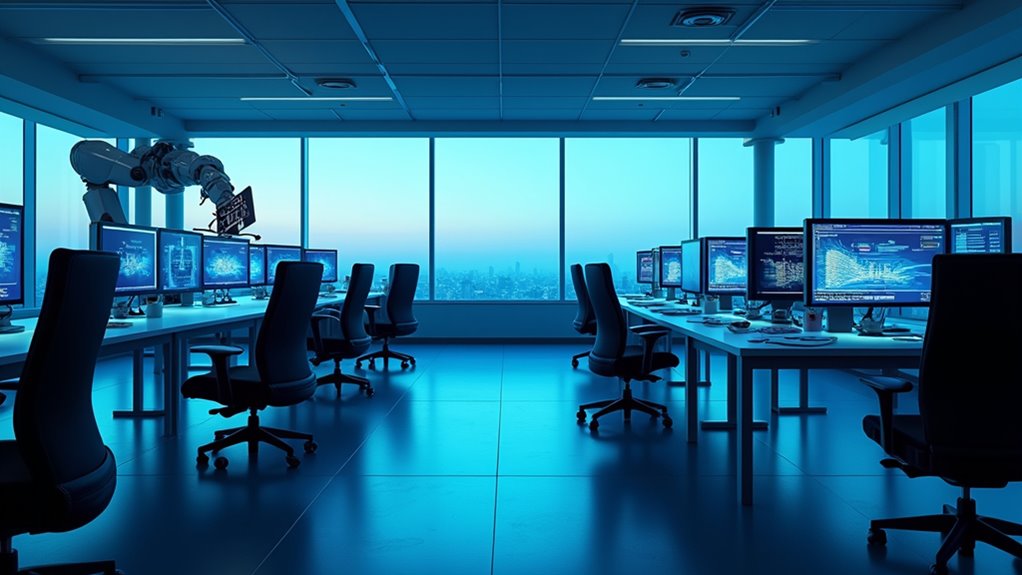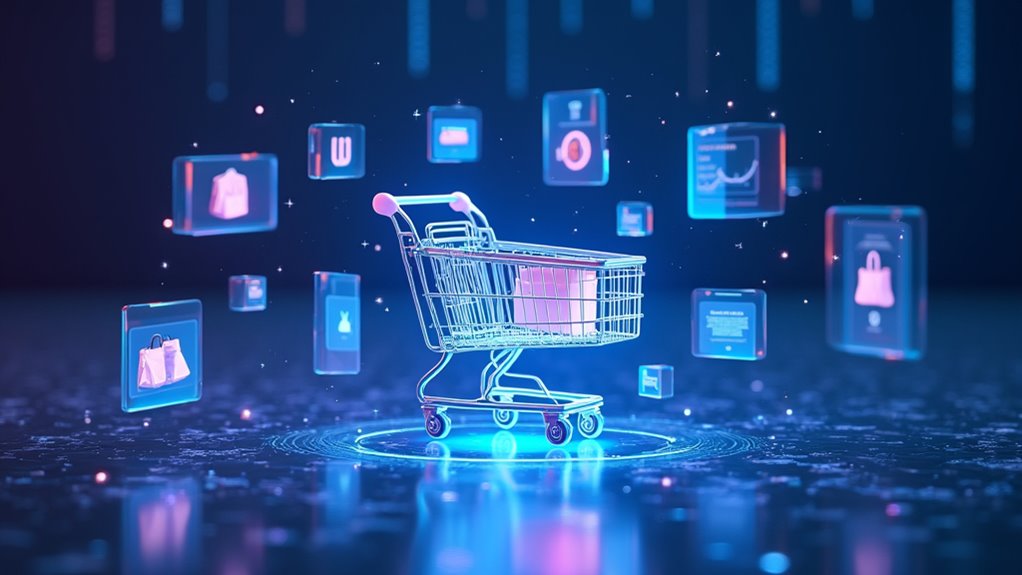Computer vision enables machines to process and understand visual data through artificial intelligence. Like teaching a child, AI systems learn to recognize patterns and objects by analyzing massive amounts of images and video. The technology powers everything from self-driving cars to medical diagnostics, processing information faster than humans – without coffee breaks. Systems improve continuously as they digest more data, becoming increasingly sophisticated at interpreting the world. The deeper you go, the more fascinating this technology becomes.
While humans have been blessed with the remarkable ability to process visual information since birth, computers are finally catching up. Through the magic of computer vision – a branch of artificial intelligence – machines can now see and understand visual data from images and videos. And boy, are they getting good at it.
The secret sauce? Machine learning and deep learning. These technologies allow computers to learn from massive amounts of data without explicit programming. Think of it as teaching a child to recognize objects, except this child processes millions of images at lightning speed. Convolutional Neural Networks (CNNs) break down images pixel by pixel, while Recurrent Neural Networks (RNNs) handle video sequences. It’s like giving computers a crash course in “How to See 101.” This rapidly growing field is expected to reach a market value of USD 48.6 billion by 2022.
Machine learning gives computers superhuman vision, processing millions of images faster than you can blink an eye.
The process is surprisingly straightforward, even if the technology behind it isn’t. First, cameras and sensors capture visual data. Then, powerful GPUs and cloud computing systems process this information. Images are processed using RGB color systems for detailed color analysis. The computer analyzes patterns, recognizes objects, and makes decisions based on what it “sees.” Modern systems like YOLO framework enable real-time detection of multiple objects simultaneously.
And here’s the kicker – it gets better with time. More data means smarter systems. Who knew computers could be such enthusiastic learners?
The real-world applications are nothing short of remarkable. Self-driving cars use computer vision to navigate streets and avoid obstacles. Medical professionals use it to spot diseases in scans. Manufacturing plants employ it to catch defects that human eyes might miss. Even farmers are getting in on the action, using it to monitor crop health. Talk about a jack of all trades.
The advantages are clear as day. These systems can process visual information faster and more accurately than humans. They never get tired, never need coffee breaks, and can handle massive amounts of data in real-time. They can spot patterns that would make human eyes cross.
Sure, they’re not perfect, but they’re revolutionizing industries left and right. Computer vision isn’t just changing how machines see – it’s changing how we see the world through their eyes.
